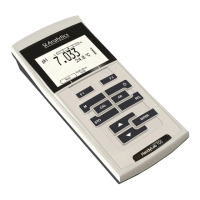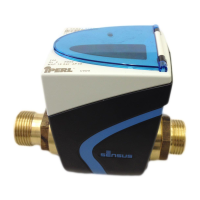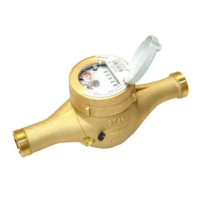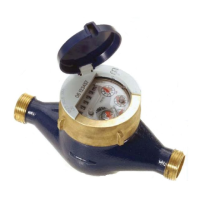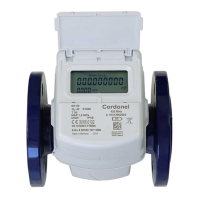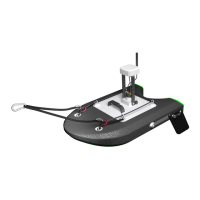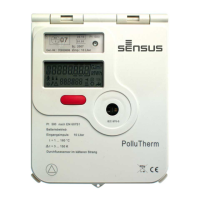49
Fig. 10 Start measurement
This will:
• set the display to zero
• release the venting tube (1) (only applies to Ubbelohde viscometers)
• trigger the measurement
Once the meniscus of the measuring liquid runs through the upper measurement level (5), the time
measurement begins and when it passed the lower measuring level (4), time measurement ends.
Do not touch the ViscoClock plus during the measurement process, as the vibration may cause
measurement errors!
3.10 Reading the flow time
The ViscoClock plus stops the time as soon as the meniscus of the measuring liquid passes the lower
measuring level (4).
Read the flow time on the display (12) in seconds. If a USB drive or a printer is connected, the measured
value can also be documented (see 4.7)
The evaluation of the flow time is done as per
• 3.12, 3.13
• the respective operating manual of SI Analytics
®
viscometers, and,
• if necessary by referencing the tables of the Hagenbach corrections (kinematic energy correction)
Do not start the next measurements until the capillary has run dry!
Otherwise, there is a risk of the formation of bubbles and thus erroneous measurements!
A description of the internal software of the ViscoClock plus can be found in Chapter 4.
3.11 Standby and switching off
If the ViscoClock plus is not used for a duration of 60 minutes, it will switch to standby mode. Pressing any
key will awaken the ViscoClock plus from the standby mode.
The ViscoClock plus is switched off by unplugging the power supply (20) from the wall socket or by
removing the hollow plug from the socket (19) of the ViscoClock plus.
3.12 Viscosity calculation
In order to calibrate a viscometer, please read the document "Visco_QS", which is attached to your
SI Analytics
®
viscometer.
The result obtained using capillary viscometry is kinematic viscosity, measured in the unit of mm²/s
(formerly Centistokes, cSt). Considering that viscosity is highly dependent on temperature, the measuring
temperature has to be maintained accurately and included in the result (± 0.02 K).
The correction time indicated in the tables for Hagenbach corrections (kinematic energy correction, ∆t
H
)
must be subtracted for the different viscometers. The Hagenbach corrections can be found in the manual
for the viscometer or the attached documents. Intermediate values can be interpolated.
As the calculation of the Hagenbach corrections bears a high uncertainty due to physical reasons, the
value of the correction should be a max. of 2% of the flow time, depending on the requirements of the
measuring accuracy.
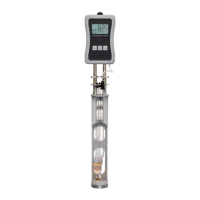
